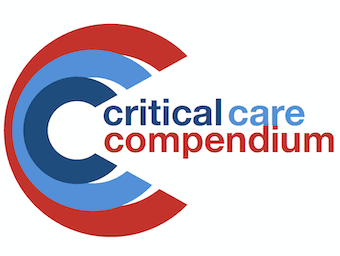
Regional Anaesthesia in the Critically Ill
Regional Anaesthesia in the Critically Ill

Regional Anaesthesia in the Critically Ill

Pressure Monitoring Definitions: Zeroing; Levelling and Calibration

Pitt Speaking Tube: the facilitation of speaking in the tracheostomized patient; non-fenestrated, cuff tube for continuous mechanical ventilation and airway protection with a port to direct airflow above the cuff to the larynx.

PiCCO is a cardiac output monitor that combines pulse contour analysis and transpulmonary thermodilution technique; PiCCO2 includes continuous ScvO2 monitoring (CeVOX probe via standard CVC)

Pericardiocentesis: procedure used to remove pericardial effusion by needle aspiration; treatment of pericardial effusion and/or tamponade

Percutaneous endoscopic gastrostomy (PEG) Tube

Passy-Muir Valve: facilitation of speech in the tracheostomized patient

There are many differences between the use of TOE vs PAC in the management of shock; indications depend on specific information desired and local expertise

DESCRIPTION METHOD OF INSERTION AND/OR USE fitted on to the top of the oxygen cylinder (stop valve) has a pressure regulator inlet (upstream) pressure gauge and needle valve (downstream) outlet connection where O2 tubing is attached -> regulation of flow…

Nerve stimulator aka 'train of four' stimulator: Provides an objective measure of neuromuscular blockade

A nebulizer (aerosol generator, atomizer, nebulizing humidifier) emits water in the form of an aerosol mist (water vapor plus particulate water); include small or large volume delivery systems

Reviewed and revised 7 February 2017 OVERVIEW USE DESCRIPTION Parts Sizes METHOD OF INSERTION/ USE COMPLICATIONS OTHER INFORMATION Contraindications: References and Links